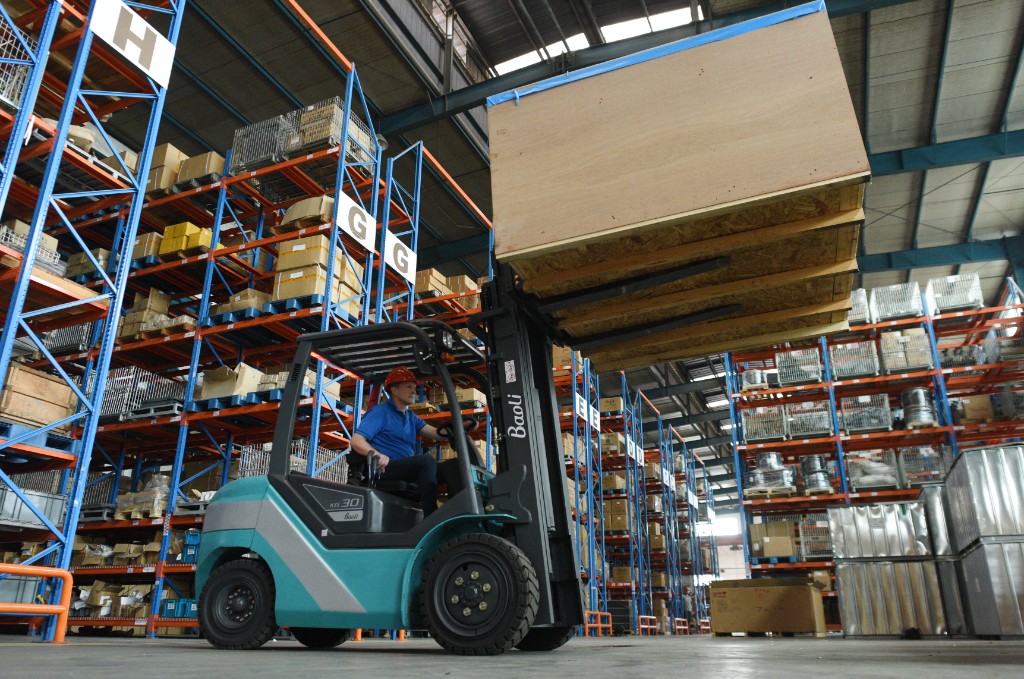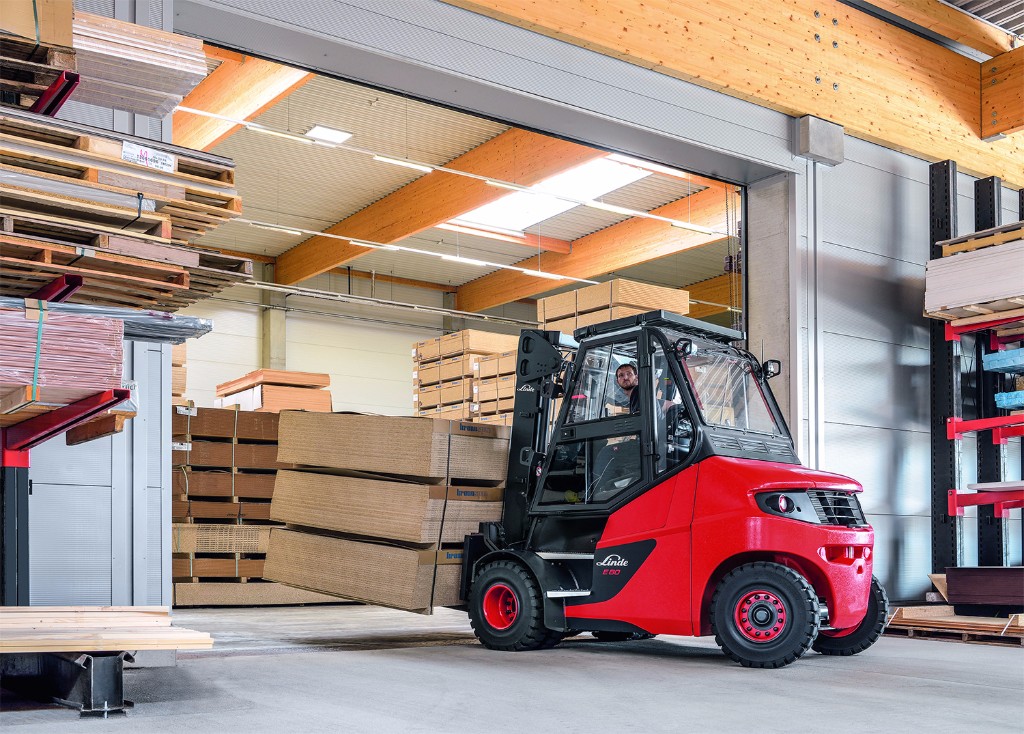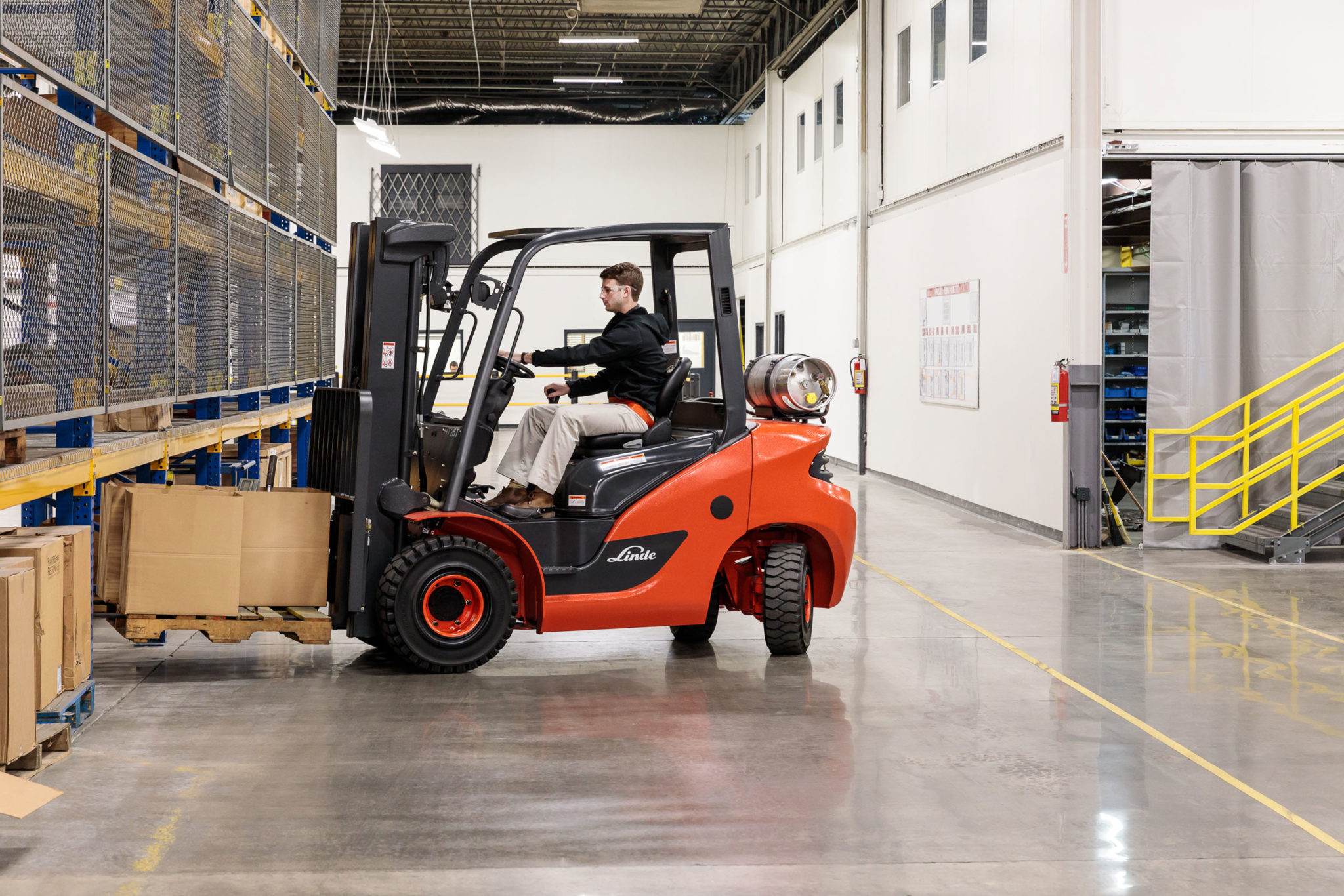When it comes to operating an environmentally friendly warehouse, many debate between using electrically-powered versus hydrogen fuel cell-powered forklifts. Both are said to cut down on emissions and certain costs and serve as ideal options for indoor and closed spaces. But which option is better, electric or hydrogen? Here’s how the two compare.
As mentioned above, electric and hydrogen forklifts are the “green” forklift options because they don’t produce any harmful exhaust. Hydrogen fuel cells release water vapor into the air, which is either absorbed or stored in a reservoir. However, the sourcing of the hydrogen muddles the low emissions claim. Hydrogen is produced by reforming natural gas, a process that emits more CO2 into the atmosphere than simply burning the gas would. Because of this, electric forklifts are probably an environmentally better option.
Costs are also a divisive factor among manufacturers who prefer either electric or hydrogen. Electric forklifts have a lower cost per hour for operation and last longer compared to internal combustion systems. Electric also tends to be more affordable when it comes to routine maintenance.
While electric lasts longer than IC models and cost less to fuel, these models have higher upfront costs than IC models- sometimes 20-40% more. Another major issue regarding electric powered forklifts is the time and space the charging process requires. The battery life will likely last a standard 8-hour workday or 6 hours constant use, but a full recharge can take from 8 to 16 hours, with 8 hours to cool as well. Fast charge batteries are available, but can cost up to 20% more than standard issue.
In addition, if you need forklifts for multiple shift operations, you will need to purchase extra batteries and swap them out using a transporter in a battery changing station. The process can take 20 to 45 minutes and eat into both time and warehouse space.
Hydrogen-powered forklifts have electric beat when it comes to time, refueling in less than 3 minutes compared to upwards of 16 hours. But this option has its downsides as well. At first glance, hydrogen fuel cell forklifts do not seem like the most cost efficient method. The fuel costs are not cheap: hydrogen can cost twice as much as the price of an electric battery. The cost to repair equipment can also be staggeringly high.
However, many businesses have found that over time, the hydrogen method is more efficient and cost effective. They last longer, fuel in three minutes, and sustain power for a longer period of time. Companies like Walmart and Nestle Waters, with larger fleet sizes and high productivity, have found that using hydrogen-powered forklifts has lowered operational costs and increased worker productivity. While the initial investment is high, the return on investment can really pay off.
When it comes to choosing between electric and hydrogen-powered forklifts, it’s really up to your business to weigh out the costs and pros and cons of each method. Companies with the capital to initially invest in hydrogen fuel cells may find the method to their liking, as companies like Coca-Cola and Walgreens have, but electric-powered could be more economically sound for smaller companies.
For more information or questions regarding Electric or Hydrogen Powered Forklifts, reach out to a dealer near you.



